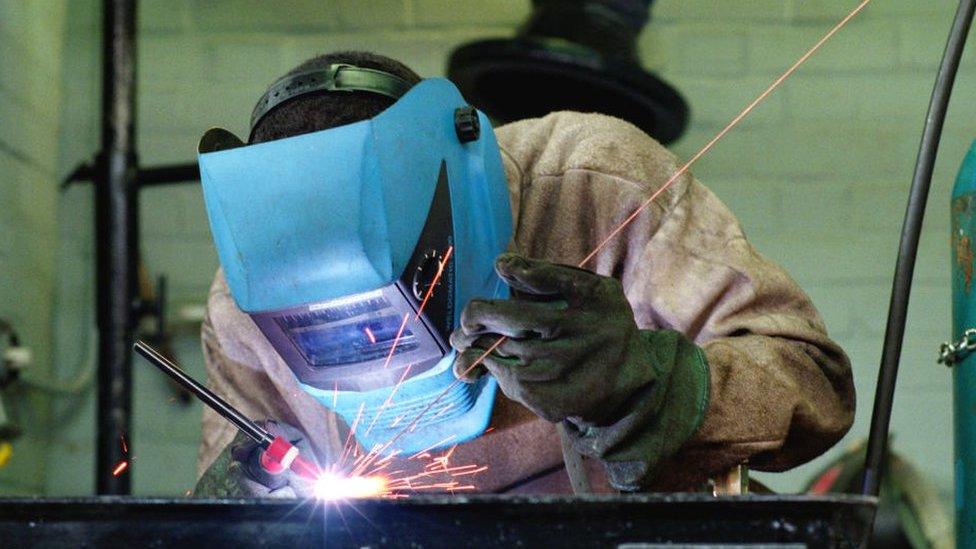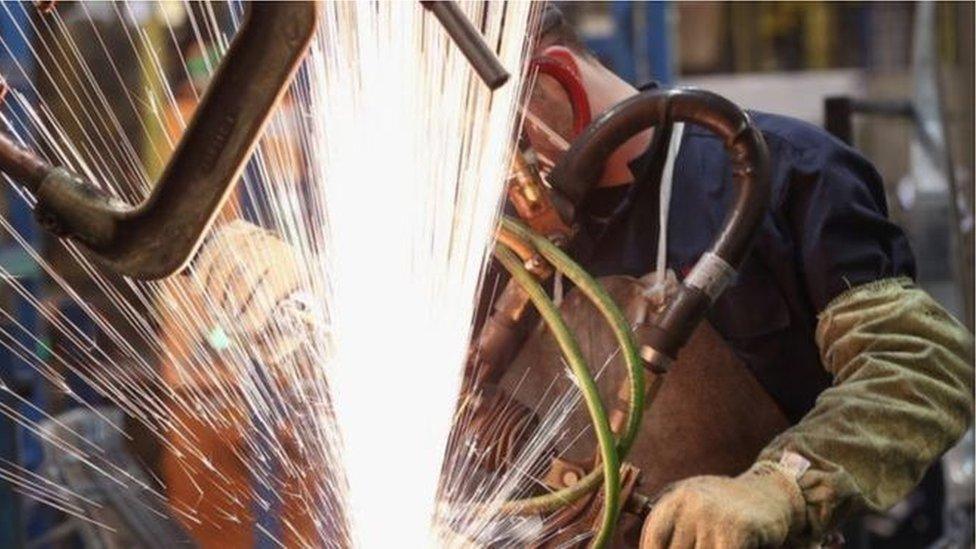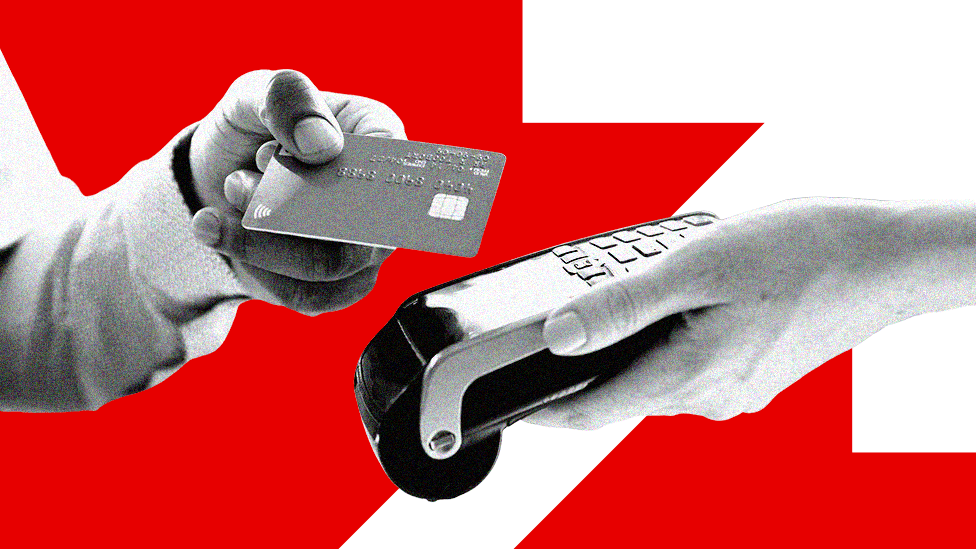Coronavirus: Slight increase in economic output during May
- Published
- comments

Scotland's economy has seen a modest increase in output, new figures show.
Latest gross domestic product (GDP) figures show the economy grew by 1.5% in May.
The increase comes after falls in March and April, when economic growth fell by 18.9% in the wake of the coronavirus lockdown.
Despite the slight pickup in May, economic output remains 22.1% below the level in February before the Covid-19 crisis took hold.
A breakdown of the figures shows some parts of the retail and wholesale sector were among the strongest performing.
In manufacturing, output is estimated to have increased by 7.1% during May, which the Scottish government report says "reflects a pickup across many parts of the industry as producers adapted to physical distancing requirements".
In the construction sector, total output is estimated to have increased by 8.2% in May, after falling by 40.1% in April.
Economy Secretary Fiona Hyslop said: "Although there was a slight rise in GDP in May, these figures once again confirm the serious impact the coronavirus pandemic is having on the economy across the UK.
"We are determined to do everything in our power to support economic recovery and protect people's jobs and livelihoods throughout this crisis."
Scottish Secretary Alister Jack said: "There is a long way to go to get our economy back on track after the coronavirus pandemic.
"The UK Government has and will continue to support Scotland's economy. That includes supporting almost 900,000 jobs through pioneering furlough and self-employed schemes, business loans, help to get young people into jobs, and a VAT cut."


The decline in Scottish economic output during April was off any previous scale.
But compared with the UK figure it fell by slightly less, and in May, it bounced back by slightly less.
In both cases, the May bounce-back was a very long way from compensating for the previous decline, and dampened hopes of a swift 'V-shaped' recovery.
UK economic output is reckoned to have fallen by 24.5% between February and May, so the three-month decline is deeper than the Scottish one of 22.1%. Don't focus too much on that gap: it's the fall that matters.
The figures are classified as "experimental", meaning they don't get the kite mark of official statistician approval, and they're likely to be revised.
With that health warning, it's worth noting the sectors that continued to decline in May were in hospitality and accommodation, down 90% over three months, and arts, culture and recreation, down 54%.
Travel agents and tour operators were, unsurprisingly, also a long way below usual activity.
On the rise in May were retail and construction. The figures reflect strong demand for postal and courier services, as you might expect with online shopping and food deliveries going well.
Drilling into the production figures, factories were re-opening in May and getting better at handling the constraints of having to distance on production lines.
But clothing and textile manufacturers continued to suffer, down 34% over the lockdown months.
And while farming was one of the least affected parts of the economy, fish landings in April and May remain a notably damp flop on Scotland's quaysides.

THE R NUMBER: What it means and why it matters
LOOK-UP TOOL: How many cases in your area?

- Published17 June 2020

